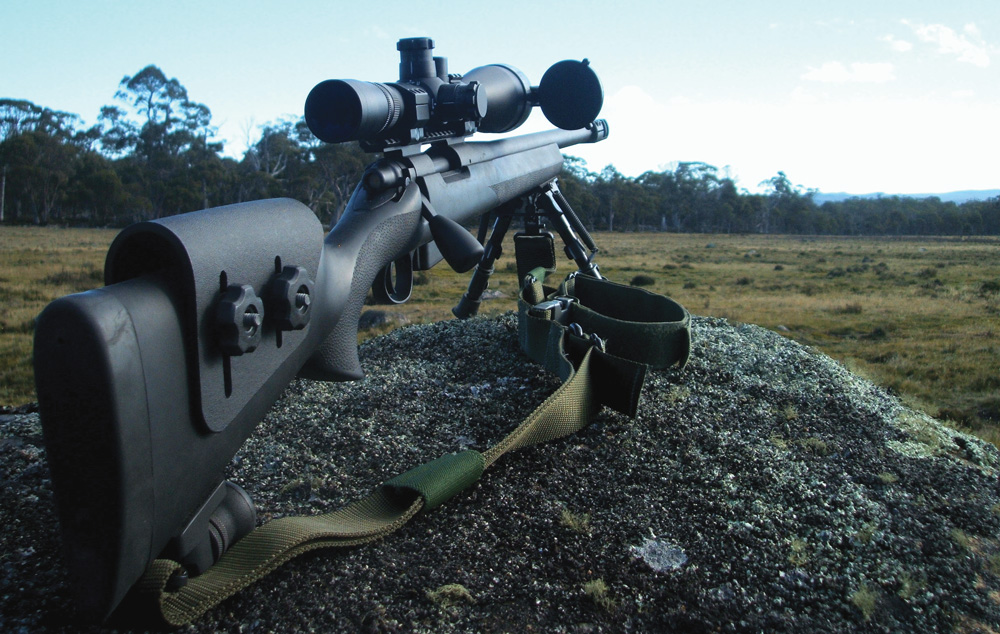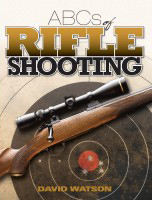Welcome, Modern Gun School Members!

Putting aside technology in the form of laser rangefinders and rangefinding reticles, there are several methods available to the shooter for range estimation.
by David Watson
Techniques such as the known-distance comparison, bracketing, map method, and short-distance method allow the shooter to make a structured estimate of the range, which is far superior to a flat-out guess.
Each of these methods results in estimations, which therefore are subject to inaccuracy and variance, but the strength of these methods is that they can all be used at the same time. This enables the shooter to develop a “composite range” that’s averaged from the results of all the methods. With practice, this does provide a reasonably accurate representation of real range.
The Known-Distance Method
The known-distance method takes a distance that is visually very well known to the shooter, such as a football field or the distance between power poles, etc., and then asks how many times that known distance fits into the space the shooter is trying to measure.
The known distance can even be the viewed distance to the target at the 100 yard/meter shooting mound. The shooter may decide that there are two football fields or eight power poles that can fit between their location and the target, thus yielding an estimation of the range.
The Bracketing Method
The bracketing method works on the same principle as the known-distance method, but applies it differently. Essentially, the shooter makes a best guess both on what the range could not be less than and could not be more than, then takes the middle point between these two. The result is generally fairly accurate.
The Map Method
The map method works with the shooter finding their position and that of their target on a map and simply measuring the range in between.
This method is reliant on the shooter’s ability to navigate and to locate features on the map and apply them to the ground to accurately place the target’s position on the map. If the shooter is proficient in these forms of navigation, the range can be accurately measured.
The Short Distance Method
The shooter can employ the short distance method. This method works by estimating the range to a secondary target on the path to the actual target, one the shooter feels they can accurately estimate the range of, and then multiplying this distance out to the actual target to achieve the estimate of range to the target.
This method works particularly well, when the shooter can accurately measure a short distance, but not far enough so as to range the actual target.
The GPS Method
Finally, a GPS can also allow the shooter to estimate the range to the target. This does require the shooter to pinpoint the position of the target on a map and measure the intervening range.
The key to using any of these methods properly is practice. The shooter should estimate range on all manner of targets in all manner of environments.
Further, the shooter can practice by learning what common objects look like at long range or, even better, borrow a laser rangefinder and practice by estimating the range using these methods, and then measuring the range to see how close your estimate came to the actual.
 This article is an excerpt from the author's new book, ABCs of Rifle Shooting.
This article is an excerpt from the author's new book, ABCs of Rifle Shooting.
